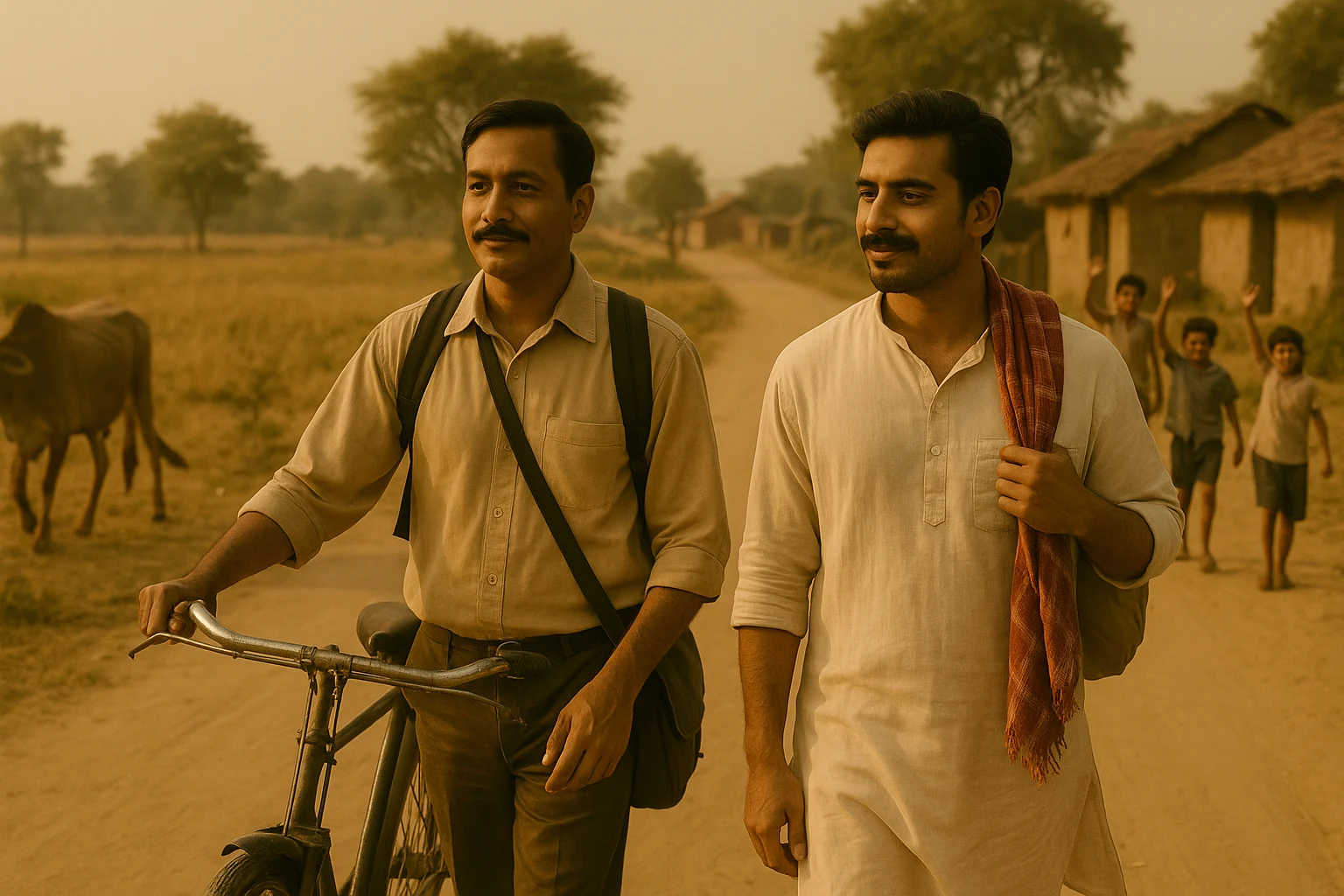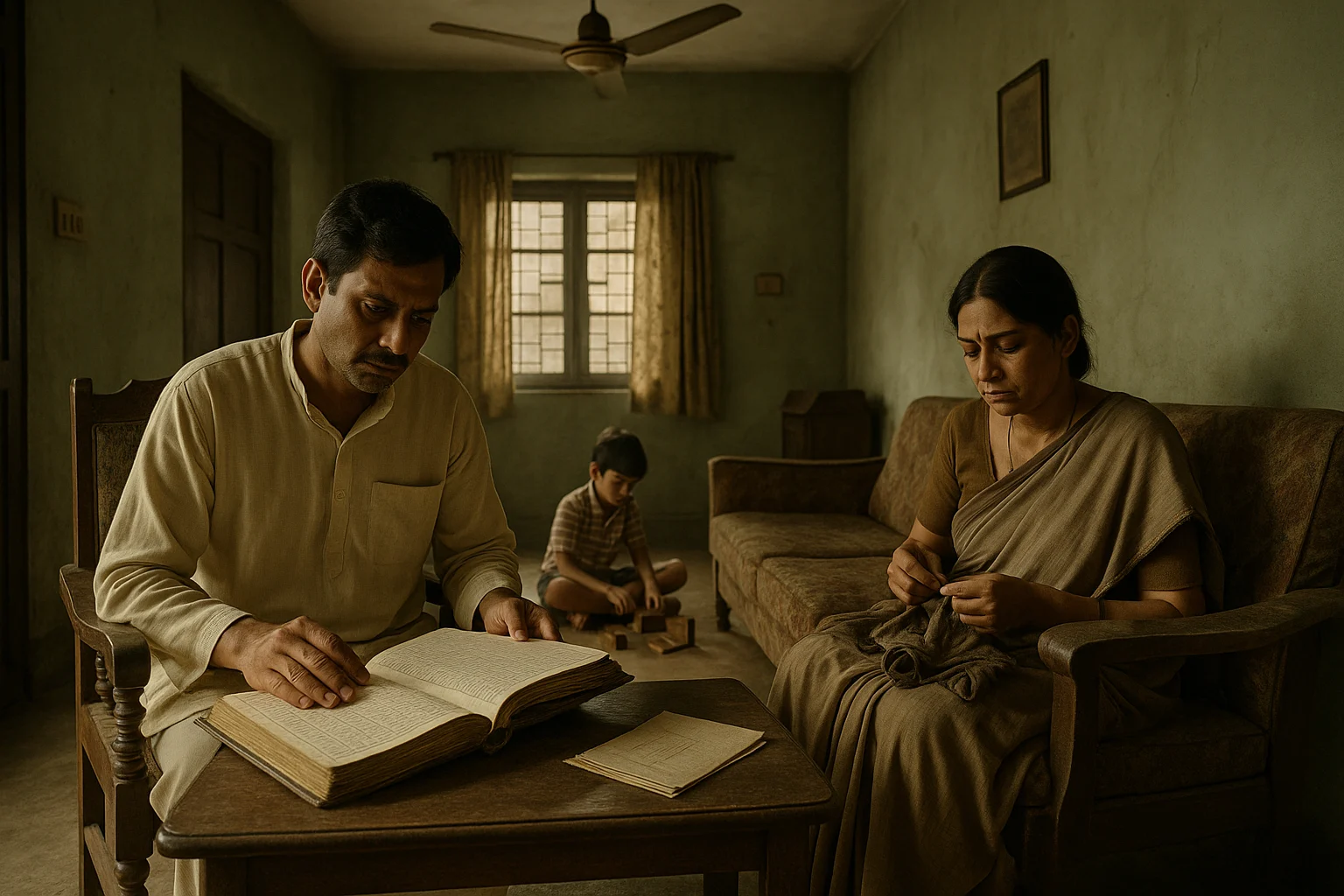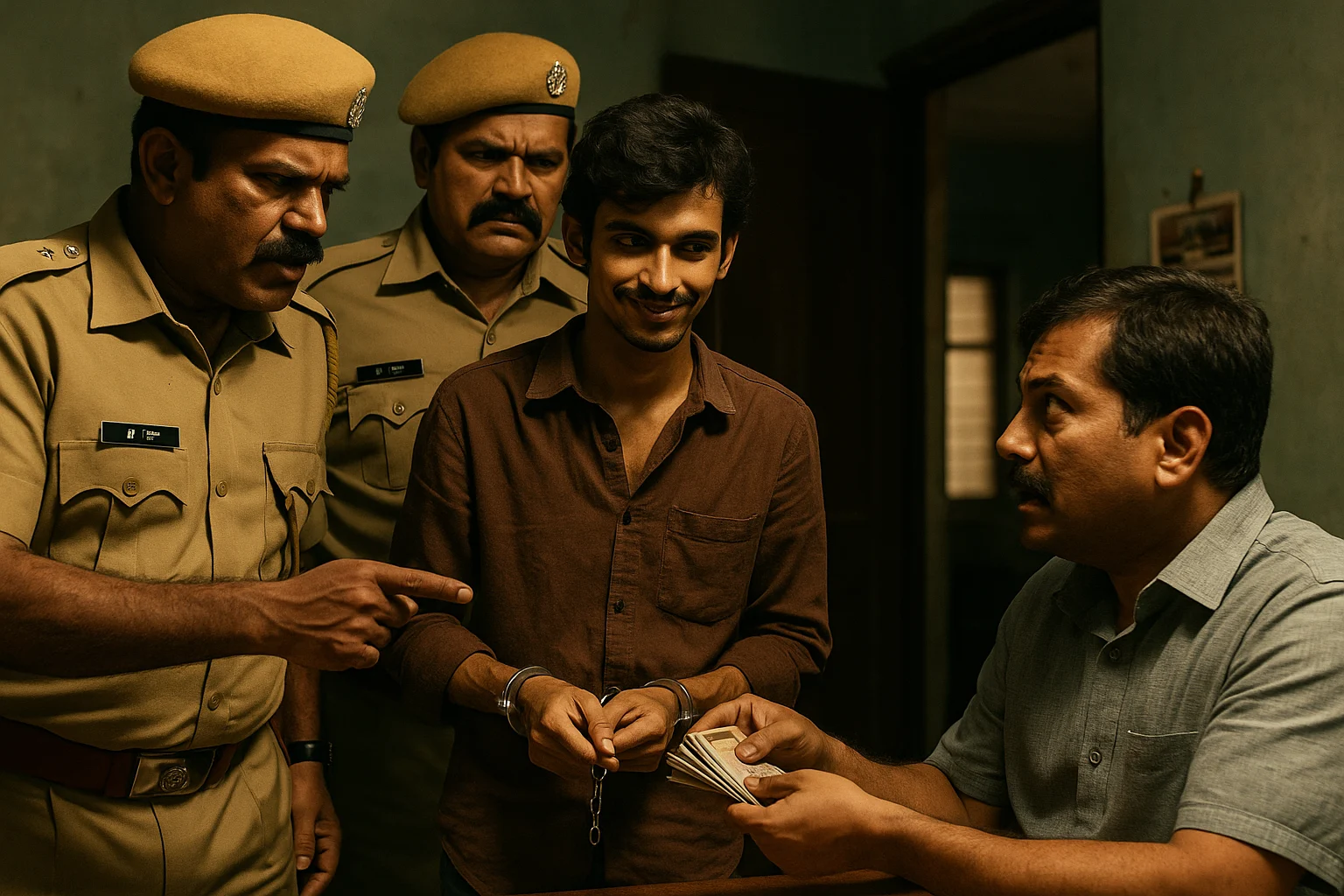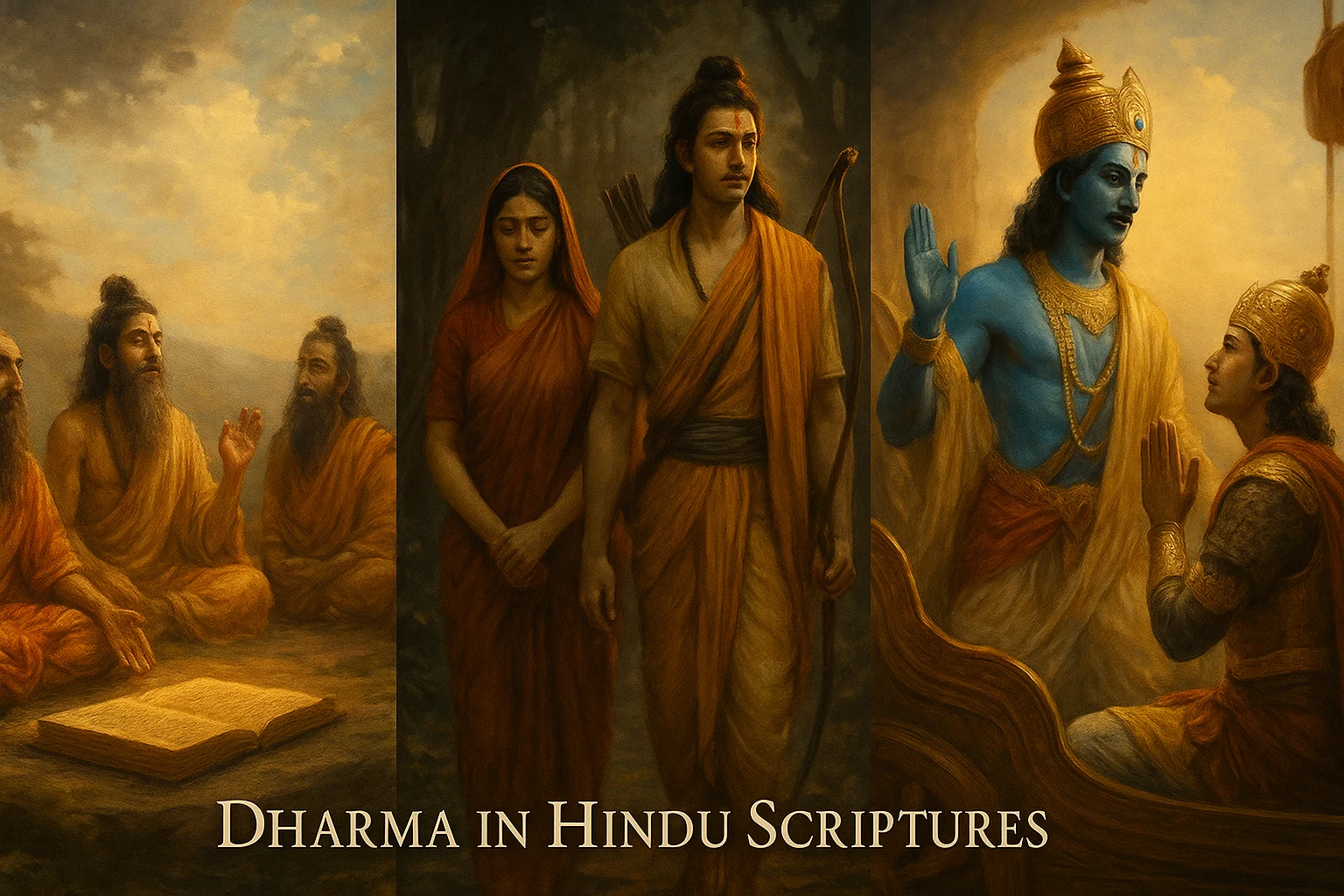Introduction: The Dawn of India’s First Great Empire
The Mauryan Empire (322 BCE – 185 BCE) was the first empire to unify most of the Indian subcontinent under one central authority. Emerging after the decline of the Nanda dynasty, it established new standards of governance, administration, and diplomacy. At its height, it stretched from the Hindu Kush in the northwest to Bengal in the east, and from the Himalayas in the north to Tamil Nadu in the south. The Mauryas created a legacy that profoundly influenced India’s political, cultural, and spiritual history.
Origins of the Mauryan Empire
The Mauryan dynasty arose in Magadha, a powerful kingdom in present-day Bihar. The region had fertile land, iron resources, and a strategic location between north and east India. Before the Mauryas, the Nanda dynasty ruled Magadha but faced unpopularity due to heavy taxation. This discontent, combined with the genius of Chanakya (Kautilya), paved the way for Chandragupta Maurya’s rise.
- Chandragupta Maurya (c. 321 BCE) overthrew the Nandas with Kautilya’s guidance.
- His conquest began in Magadha and spread across northern India.
- The weakening of Alexander the Great’s successors in northwest India gave him the chance to expand further.

Chandragupta Maurya: Founder of the Empire
Chandragupta Maurya is regarded as the architect of the Mauryan dynasty. With the political strategies outlined in Kautilya’s Arthashastra, he established a highly organized empire.
Achievements:
- Defeated Seleucus Nicator (a general of Alexander) around 305 BCE and secured territories of modern-day Afghanistan, Baluchistan, and Punjab.
- Strengthened central administration with a network of spies and officials.
- Built the foundations of a uniform taxation system.
- His empire was divided into provinces governed by royal princes.
Seleucus and Chandragupta signed a treaty where Seleucus gave territories in exchange for 500 war elephants, showcasing Chandragupta’s diplomatic skill.

Bindusara: The Expansionist Ruler
Chandragupta’s son, Bindusara (297–273 BCE), continued the expansion of the Mauryan Empire. Known as Amitraghata (Slayer of Enemies) in Greek accounts, he extended the empire towards the Deccan plateau.
- Diplomatic relations with the Hellenistic kingdoms flourished, as seen in the correspondence with Antiochus I.
- His reign was relatively peaceful, maintaining the empire established by Chandragupta.
- Bindusara prepared the ground for his son Ashoka’s rule.
Ashoka the Great: From Conqueror to Dharma King
The reign of Ashoka (273–232 BCE) is the most celebrated in Mauryan history. Initially a ruthless conqueror, Ashoka’s transformation after the Kalinga War (c. 261 BCE) shaped the moral and spiritual foundation of Indian history.
The Kalinga War:
- Ashoka waged war against Kalinga (present-day Odisha), which resisted Mauryan dominance.
- Though victorious, the immense bloodshed (over 100,000 dead) deeply impacted him.
- Ashoka embraced Buddhism, rejecting violence and adopting the path of Dhamma (righteousness).

Ashoka’s Dhamma:
- Promoted non-violence, tolerance, and welfare of all beings.
- Established hospitals, rest houses, and wells.
- Sent Buddhist missionaries to Sri Lanka, Southeast Asia, and beyond.
- Issued the famous Ashokan Edicts, inscribed on rocks and pillars across India, spreading messages of morality, compassion, and governance.
Ashoka became known as one of the greatest rulers in world history, remembered for turning power into moral authority.
Administration of the Mauryan Empire
The Mauryan administration was one of the most sophisticated in ancient times.
- Central Authority: The king was supreme but guided by ministers.
- Council of Ministers: Headed by the Prime Minister (Mahamatya).
- Arthashastra: Kautilya’s treatise outlined administration, taxation, military, and espionage.
- Provinces: Empire divided into provinces with governors, often royal princes.
- Revenue System: Land revenue was the main source; taxes also levied on trade, forests, and mines.
- Military: A massive standing army with infantry, cavalry, chariots, and elephants.
- Espionage Network: Spies monitored officials and citizens alike.
This system provided both stability and efficiency, making the Mauryan state unique in the ancient world.

Economy and Trade
The Mauryan economy was robust and diversified.
- Agriculture: Backbone of the economy with state support for irrigation.
- Trade: Internal and external trade thrived; India exported cotton, spices, pearls, and ivory.
- Coinage: Punch-marked coins circulated widely.
- Guilds: Artisans and merchants organized into guilds for regulation and mutual support.
- Infrastructure: Roads and rest houses facilitated commerce; the Grand Trunk Road linked distant regions.
The empire’s prosperity laid the foundation for cultural and intellectual growth.
Society and Culture
The Mauryan period witnessed great cultural and social changes.
- Caste System: Social structure continued but with increased urbanization.
- Women: Some inscriptions suggest women participated in charitable and religious life.
- Religious Diversity: Hinduism, Buddhism, Jainism, and local cults coexisted.
- Education: Centers like Takshashila

Mauryan Art and Architecture
The Mauryan age marked the beginning of monumental stone architecture in India.
- Ashokan Pillars: Polished sandstone pillars with inscriptions; famous Lion Capital of Sarnath became India’s national emblem.
- Stupas: Enlarged by Ashoka, especially the Sanchi Stupa.
- Palaces: Megasthenes (Greek ambassador) described the grandeur of Chandragupta’s palace at Pataliputra.
- Rock-cut Caves: Barabar Caves for Ajivikas, with highly polished interiors.
This era laid the foundations of India’s classical art tradition.
Decline of the Mauryan Empire
After Ashoka’s death, the Mauryan Empire gradually weakened.
- Successors lacked his vision and authority.
- Provinces became increasingly independent.
- Pressure from invasions (Greeks, Shakas) grew.
- Economic strain and administrative overreach weakened central power.
- By 185 BCE, Pushyamitra Shunga assassinated the last Mauryan ruler, Brihadratha, and founded the Shunga dynasty.

Legacy of the Mauryan Empire
The Mauryan Empire’s legacy is vast and enduring:
- Political Unification: First time most of India came under one authority.
- Buddhism: Spread across Asia, shaping global spirituality.
- Governance Models: Administrative practices influenced later dynasties.
- Art and Symbols: The Lion Capital remains a proud emblem of India.
- Ethical Statecraft: Ashoka’s vision of moral governance still inspires modern thought.
Conclusion
The Mauryan Empire was a turning point in Indian history. From Chandragupta’s military genius to Ashoka’s moral transformation, it combined political might with spiritual depth. Its achievements in administration, art, and culture established India’s place in the ancient world. The Mauryan legacy, especially Ashoka’s Dhamma, continues to echo as a reminder that true power lies not just in conquest but in compassion, justice, and moral responsibility.
Receive Stories and Articles in your Inbox!
We won’t send any promotional or spam emails.




















































